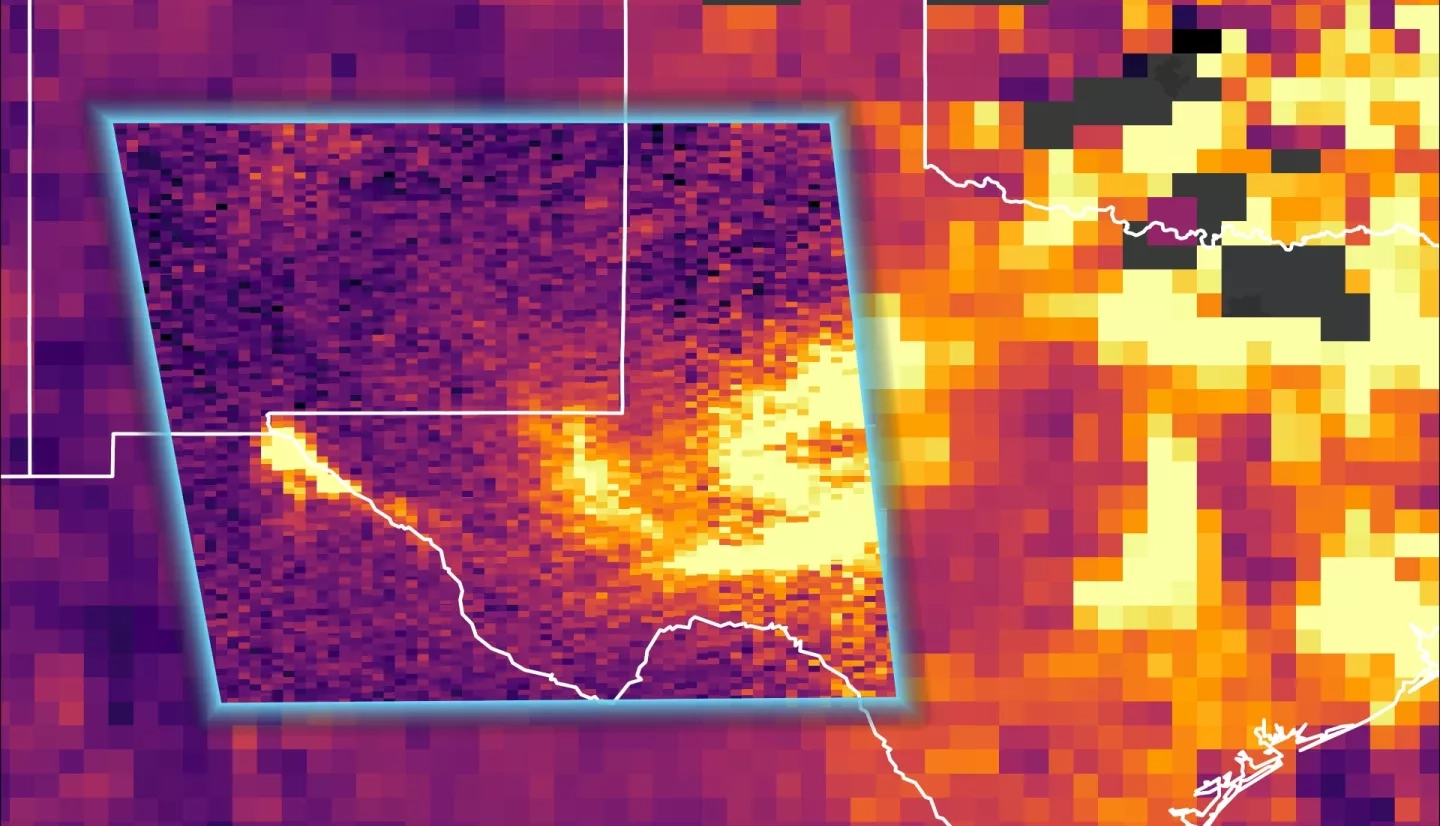Delaware Basin Health and Air Quality (Spring 2022)
Team: Sean Cusick (Project Lead), Amber Schlessiger, Billy Henshaw, Perrin Krisko
Summary: Nitrogen dioxide (NO2) is a precursor for secondary air pollutants, which are associated with decreased visibility, and decreased ecosystem and respiratory health. NO2 is a growing threat to national parks within the Delaware Basin where nearby oil and gas activity contributes to deteriorating park conditions, implying adverse effects on the local tourism economy and public health. To demonstrate spatial and temporal patterns of air pollution in the parks, we examined average monthly, seasonal, and annual tropospheric column concentrations of NO2 in Carlsbad Caverns (CAVE) and Guadalupe Mountain (GUMO) National Parks. We used both the NASA Ozone Monitoring Instrument (OMI) and the European Space Agency (ESA) Tropospheric Monitoring Instrument (TROPOMI) to map NO2 tropospheric column densities. Using ground-based emissions values from the Environmental Protection Agency National Emissions Inventory (NEI) for two nearby natural gas processing plants (Indian Basin Gas Plant, and South Carlsbad Plant), we extrapolated monthly trends from these point sources and compared seasonal emissions levels with the measurements recorded by OMI and TROPOMI. The NEI data show an 8% increase in flaring from 2013 to 2021. OMI measured a 38.3% NO2 increase over the Delaware Basin, 15.29% increase over CAVE, and 4.26% decrease over GUMO from 2011 to 2018. TROPOMI measured a -1% NO2 change over the Delaware Basin, 3% over CAVE, and 7% over GUMO from 2018 to 2020. The analysis indicates a positive correlation between emissions from fossil fuel exploration and NO2 concentrations above CAVE and GUMO. This information will inform National Park Service air quality monitoring and policy efforts to ensure compliance with the Clean Air Act.



